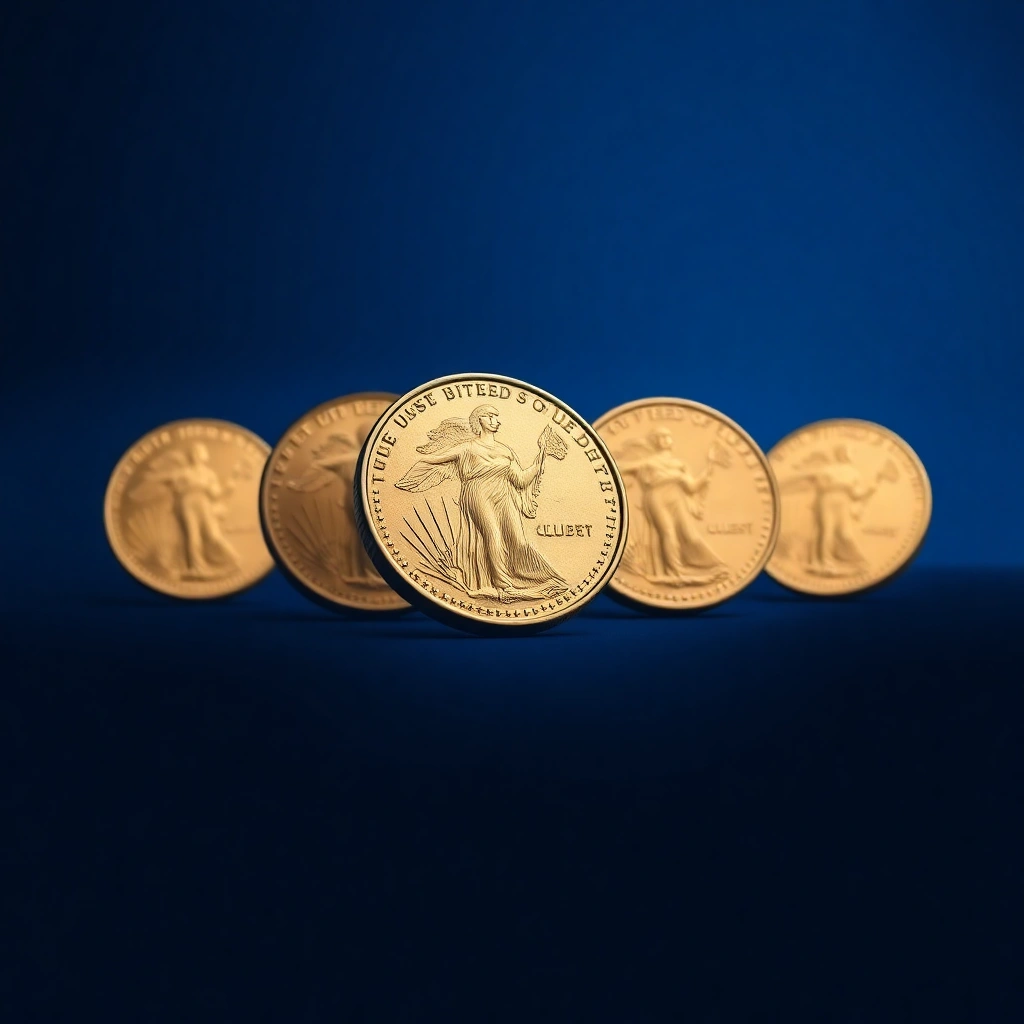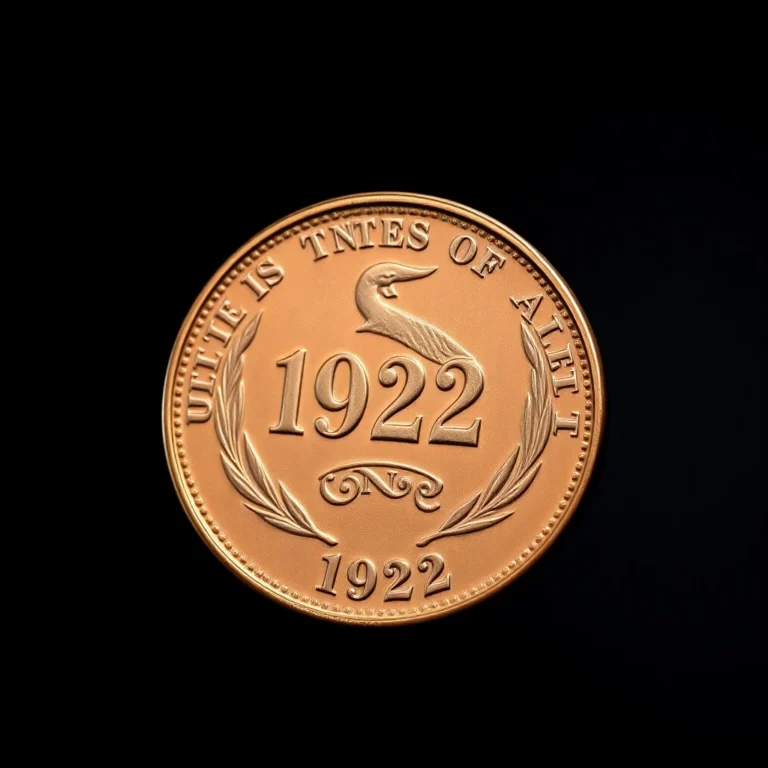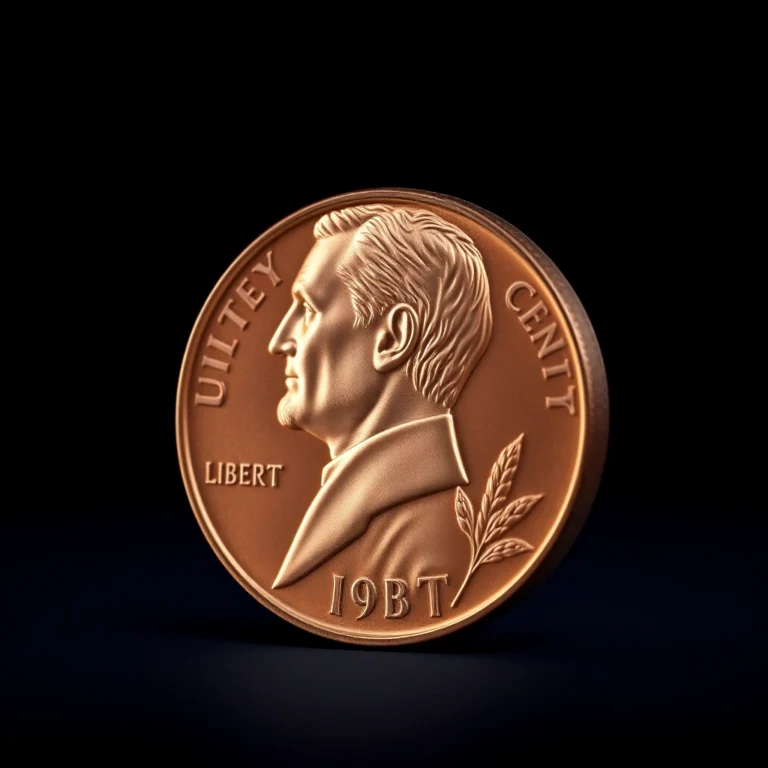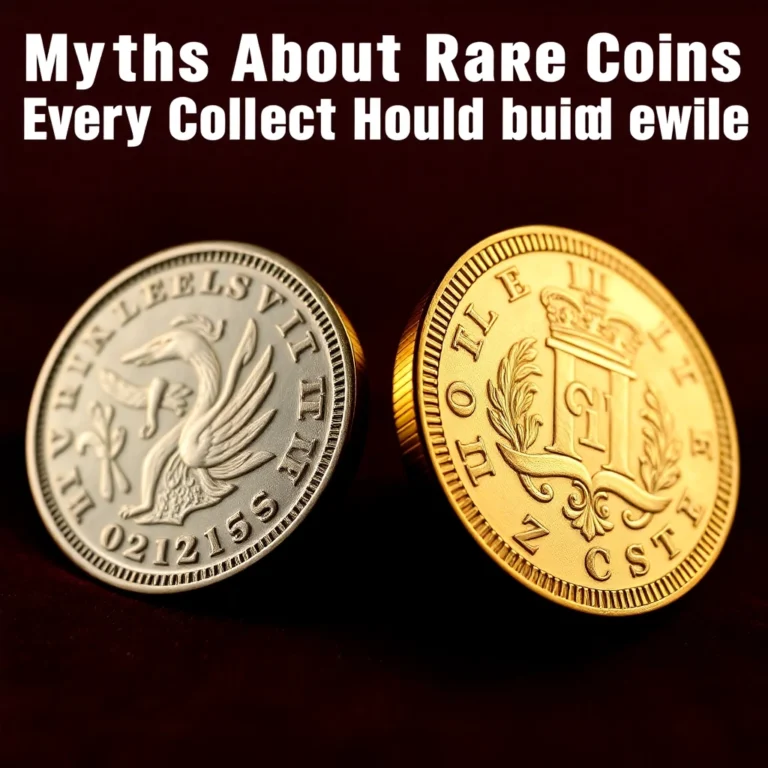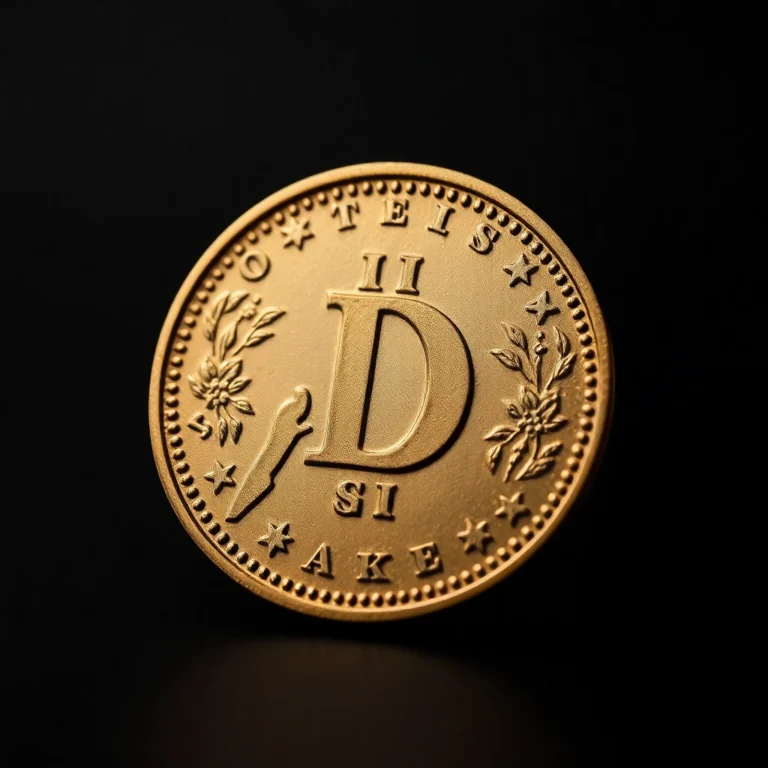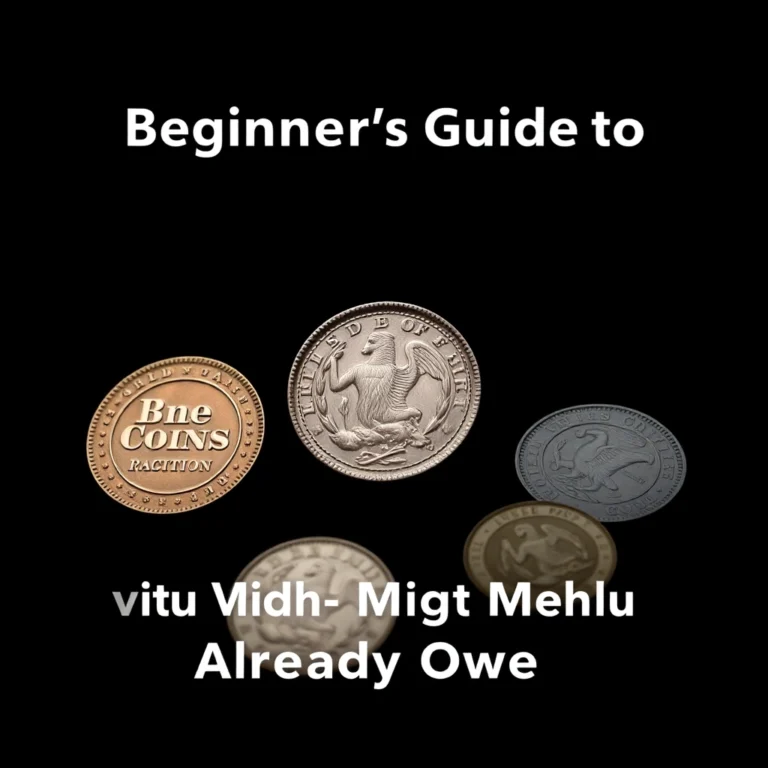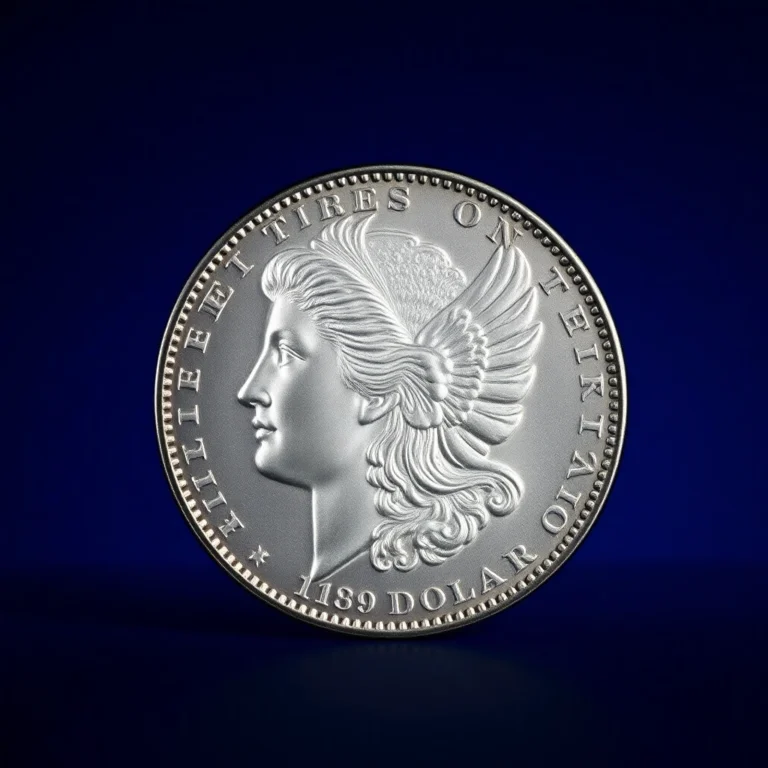Imagine holding a piece of American history in your hand, a gleaming symbol of artistry and elegance, forged during a transformative era in coinage. The Saint-Gaudens era, named after the illustrious sculptor Augustus Saint-Gaudens, is a golden chapter in U.S. numismatics renowned for producing some of the most visually stunning coins ever minted in America. Collectors and enthusiasts are captivated by these coins, not only for their aesthetic appeal but also for their historical significance, marking a period of innovation and excellence in design.
This article will delve into the exquisite beauty and allure of the Saint-Gaudens gold coins, exploring their origins, the artistic genius behind their creation, and why they hold a special place in the hearts of collectors. You’ll uncover the stories behind these masterpieces, learning about the designs that set them apart and the legacy they carry. As you journey through this golden age of coin minting, you’ll also discover insights into their rarity and market value, sparking curiosity about the treasures hidden in your collection. Prepare to be enchanted by the splendor of these iconic coins and the timeless appeal they continue to wield in the world of numismatics.
Historical Background and Significance
The Saint-Gaudens era, spanning the early 20th century, marks a significant period in American numismatic history. Named after the renowned sculptor Augustus Saint-Gaudens, this era introduced some of the most aesthetically acclaimed gold coins ever minted by the United States. Commissioned by President Theodore Roosevelt, Saint-Gaudens was tasked with redesigning U.S. coinage to reflect a more artistic and classical beauty, a movement that coincided with America’s emergence as a global power. His work resulted in coins that are not only treasured for their gold content but also their artistic merit. 🌟
Physical Characteristics and Design
Saint-Gaudens’ most famous designs include the $20 Double Eagle and the $10 Indian Head Eagle. The $20 Double Eagle, minted from 1907 to 1933, features a depiction of Liberty striding forward, holding a torch and an olive branch, set against the rays of the sun. The reverse showcases a majestic eagle in flight. The $10 Indian Head, produced from 1907 to 1933, displays a Native American chief in a feathered headdress on the obverse, with a standing eagle on the reverse. Both coins exhibit high relief and intricate details, making them highly sought after by collectors. 🦅
Mintage Figures and Rarity
The mintage figures for these coins vary, with the 1907 Double Eagle being one of the most notable due to its initial high-relief minting, which proved impractical for mass production. As a result, fewer high-relief specimens exist, increasing their rarity and value. The 1933 Double Eagle is legendary for its history, as almost all were melted down due to the gold recall, with only a few surviving, making them exceedingly rare and expensive. The Indian Head Eagle also saw varying mintage numbers, with certain years like 1930 and 1933 being particularly scarce. 🏆
Known Varieties or Errors
Among the Double Eagles, the 1907 high-relief varieties are especially prized. There are two main types: the Flat Rim and the Wire Rim, the latter being rarer. The Indian Head Eagles are known for the 1933 issue, which never saw official release and thus is highly coveted. Misstrikes and other mint errors are rare but can significantly increase a coin’s value.
Value Information
Saint-Gaudens $20 Double Eagle
| Grade | Value Range |
|---|---|
| Good (G-4) | $1,500-$2,000 |
| Very Good (VG-8) | $1,800-$2,500 |
| Fine (F-12) | $2,000-$3,000 |
| Very Fine (VF-20) | $2,500-$4,000 |
| Extremely Fine (EF-40) | $3,000-$5,500 |
| About Uncirculated (AU-50) | $4,000-$7,000 |
| Mint State (MS-60) | $5,500-$10,000 |
| Gem Mint State (MS-65) | $15,000-$30,000 |
Saint-Gaudens $10 Indian Head Eagle
| Grade | Value Range |
|---|---|
| Good (G-4) | $800-$1,200 |
| Very Good (VG-8) | $1,000-$1,500 |
| Fine (F-12) | $1,200-$1,800 |
| Very Fine (VF-20) | $1,500-$2,200 |
| Extremely Fine (EF-40) | $1,800-$2,800 |
| About Uncirculated (AU-50) | $2,500-$4,000 |
| Mint State (MS-60) | $3,000-$5,000 |
| Gem Mint State (MS-65) | $10,000-$20,000 |
Authentication Tips
Due to their high value, Saint-Gaudens coins are often counterfeited. Authentic coins should have clear, crisp details, particularly on Liberty’s figure and the eagle’s feathers. Pay special attention to the edge lettering and the sharpness of relief. It’s advisable to have coins certified by reputable grading services such as PCGS or NGC. 🔍
In conclusion, the Saint-Gaudens era produced some of the most stunning coins in U.S. history. Whether you’re drawn by the artistry, the rarity, or the investment potential, these coins offer a rewarding venture into numismatics. Happy collecting! 🪙
FAQs
How does the value of Saint-Gaudens gold coins vary with grading?
The value of Saint-Gaudens gold coins can significantly increase with higher grades. Coins graded by reputable services like PCGS or NGC as MS-65 or higher are especially sought after and command premium prices due to their rarity and exceptional condition.
What are some tips for authenticating Saint-Gaudens gold coins?
To authenticate Saint-Gaudens coins, examine the details closely, such as the sharpness of the design, weight, and diameter. Use a reliable scale and calipers for measurements. Additionally, consulting a professional numismatist or utilizing third-party grading services can ensure authenticity.
What advice would you give to someone starting a collection of Saint-Gaudens gold coins?
Start by educating yourself on the different issues and grades. Focus on acquiring coins with good eye appeal and solid grading. Joining numismatic groups, attending coin shows, and consulting with experts can also enhance your collecting experience.
What is the historical significance of the Saint-Gaudens era gold coins?
Saint-Gaudens gold coins are considered masterpieces of American coinage, designed by renowned sculptor Augustus Saint-Gaudens. Released during the early 20th century, they symbolize a period of artistic renaissance in U.S. currency and are highly valued for their aesthetic and historical importance.
What are some common varieties or errors found in Saint-Gaudens gold coins?
One notable variety is the 1907 High Relief Double Eagle, known for its striking depth and detail. Additionally, collectors might seek out the 1909/8 overdate or the 1922 no “D” mint mark errors, which add intrigue and value to collections.
